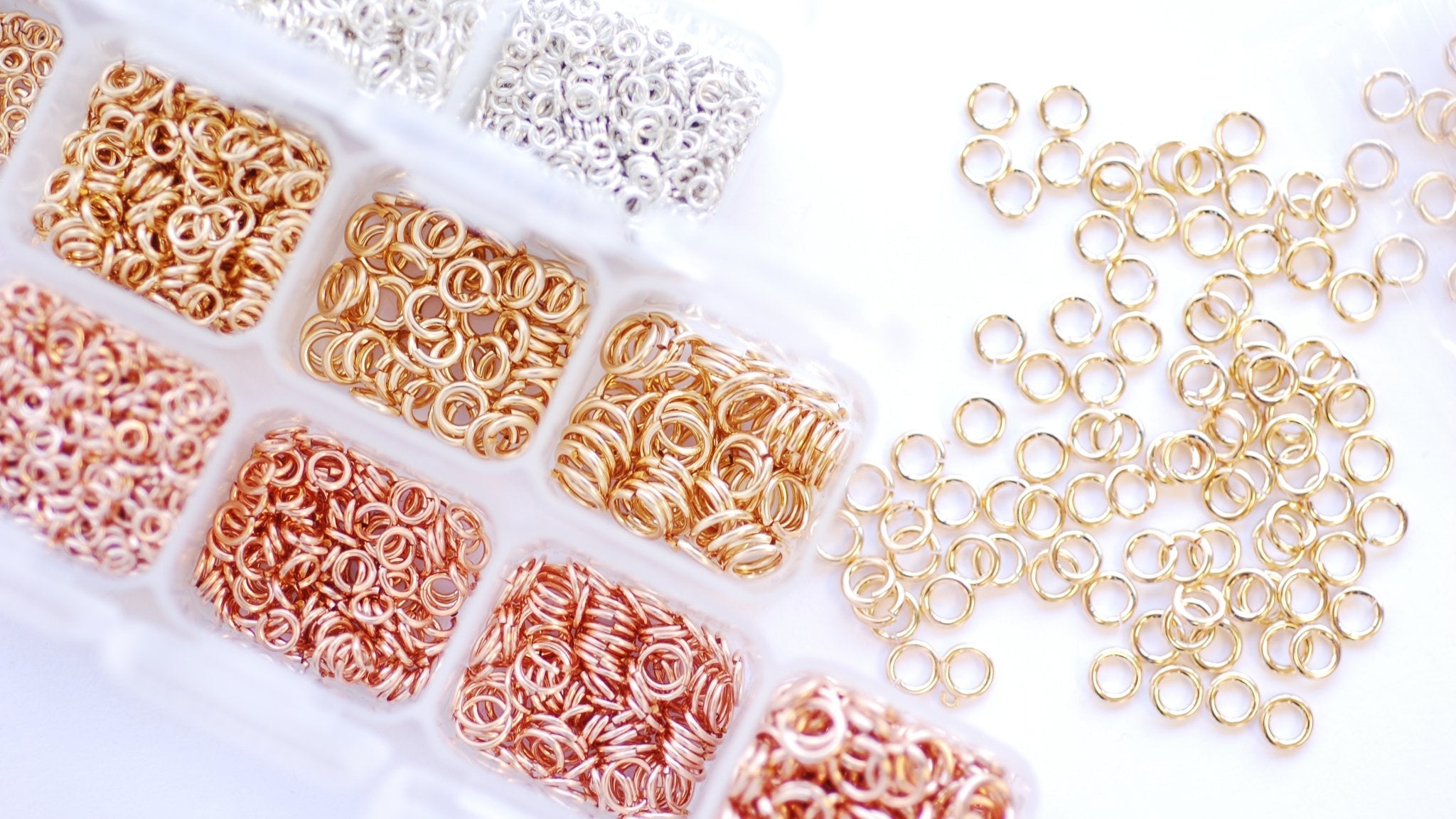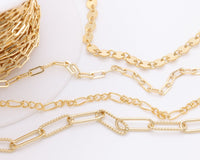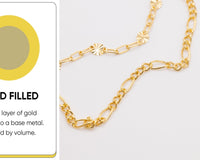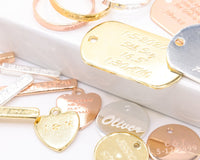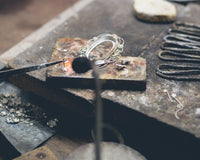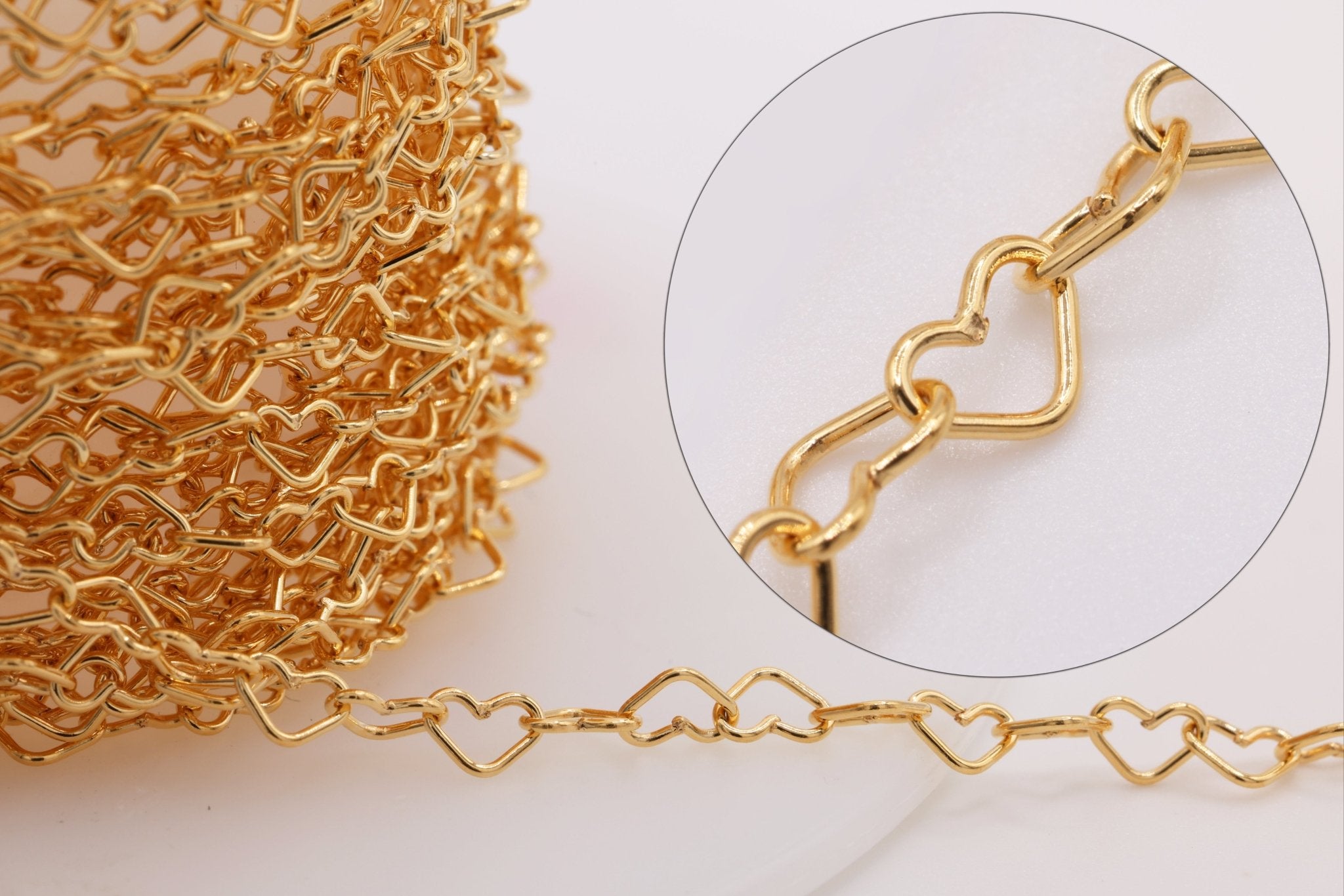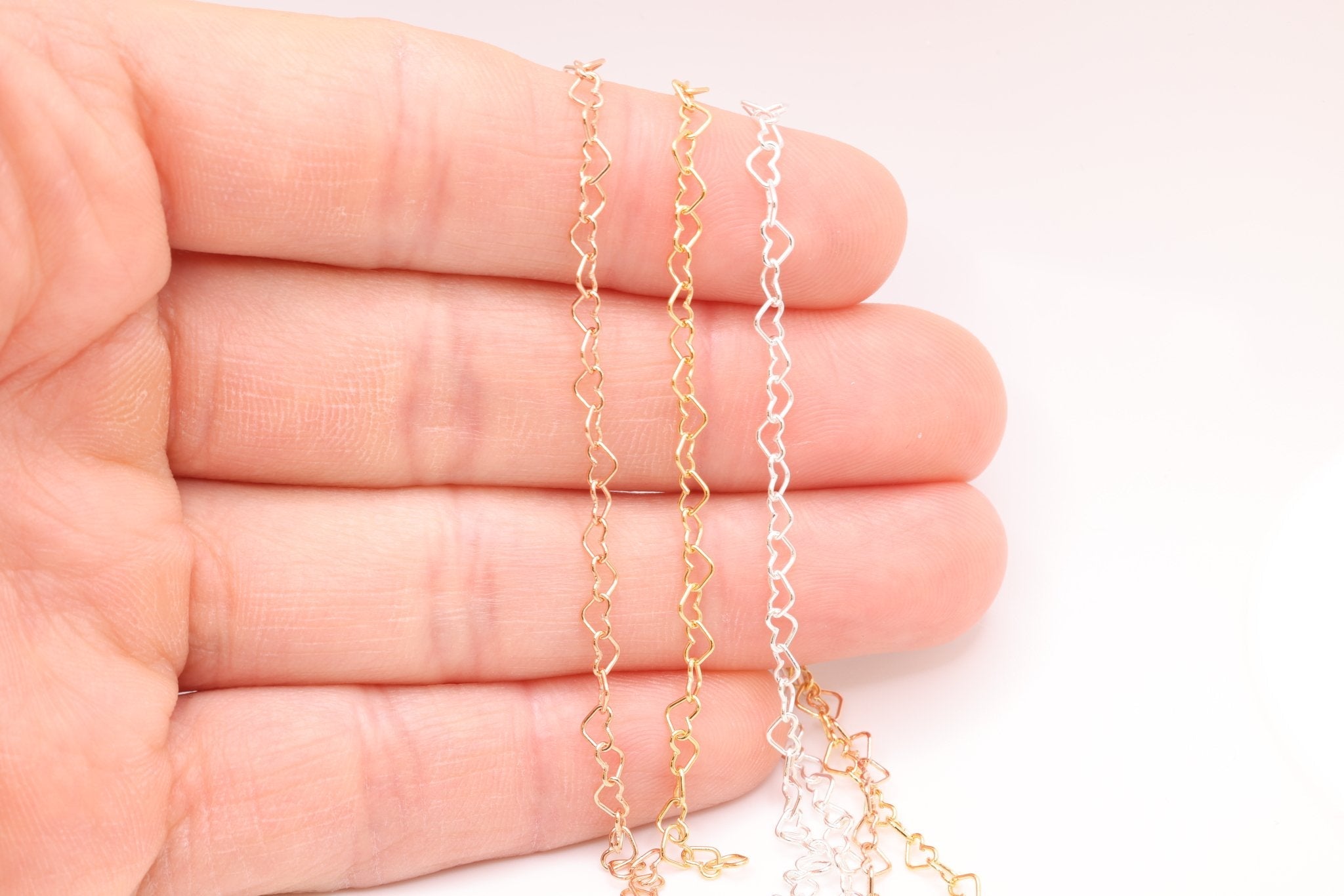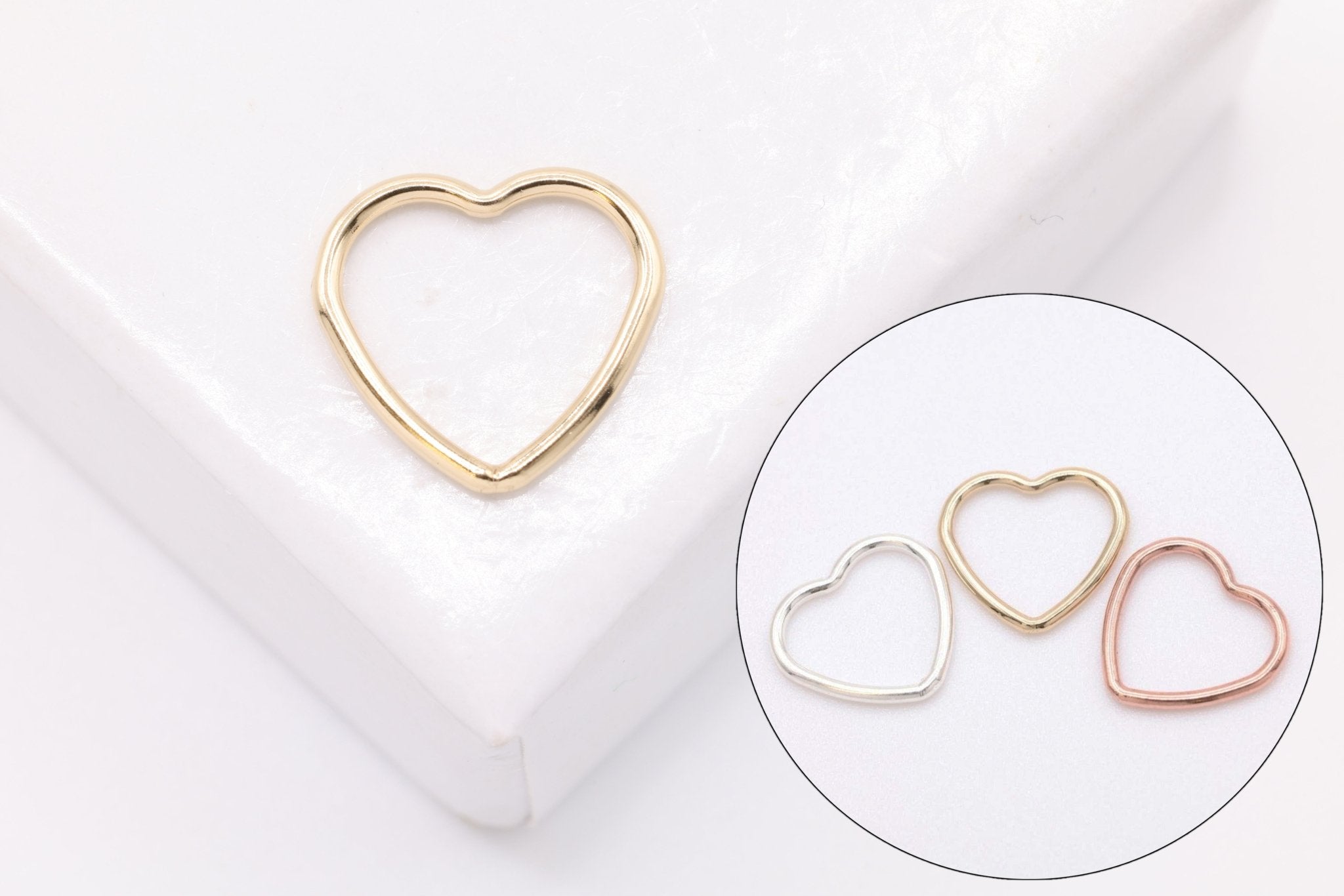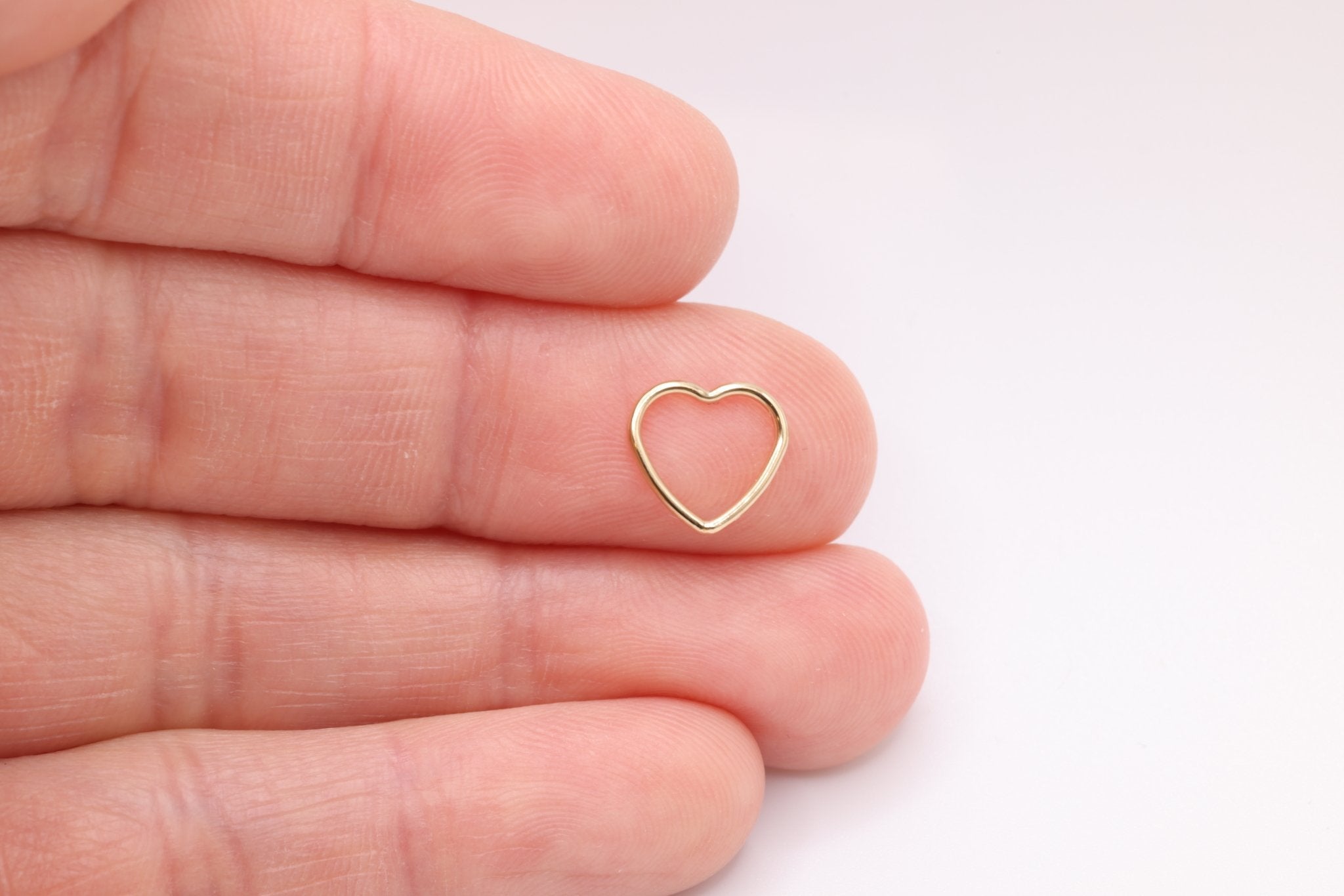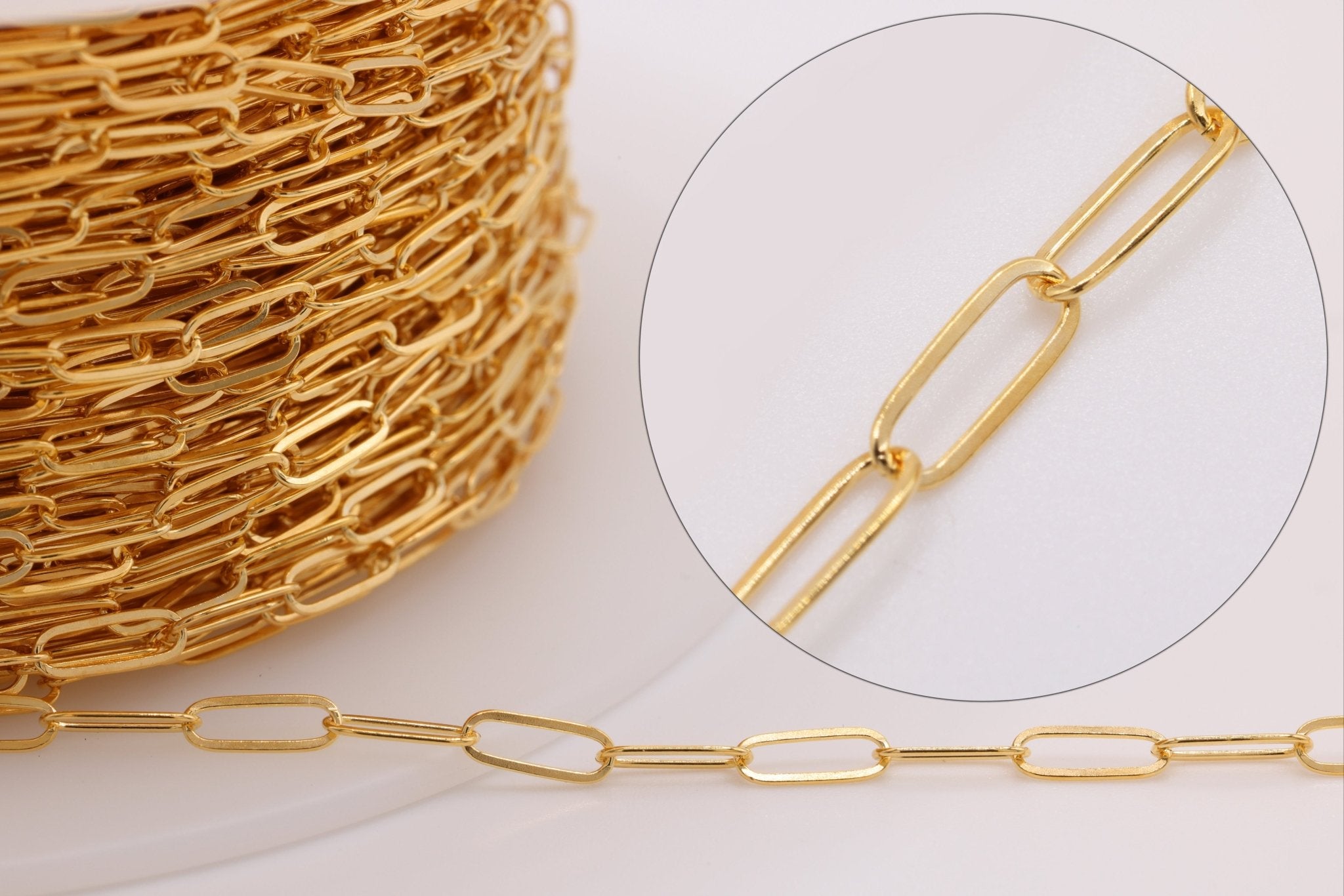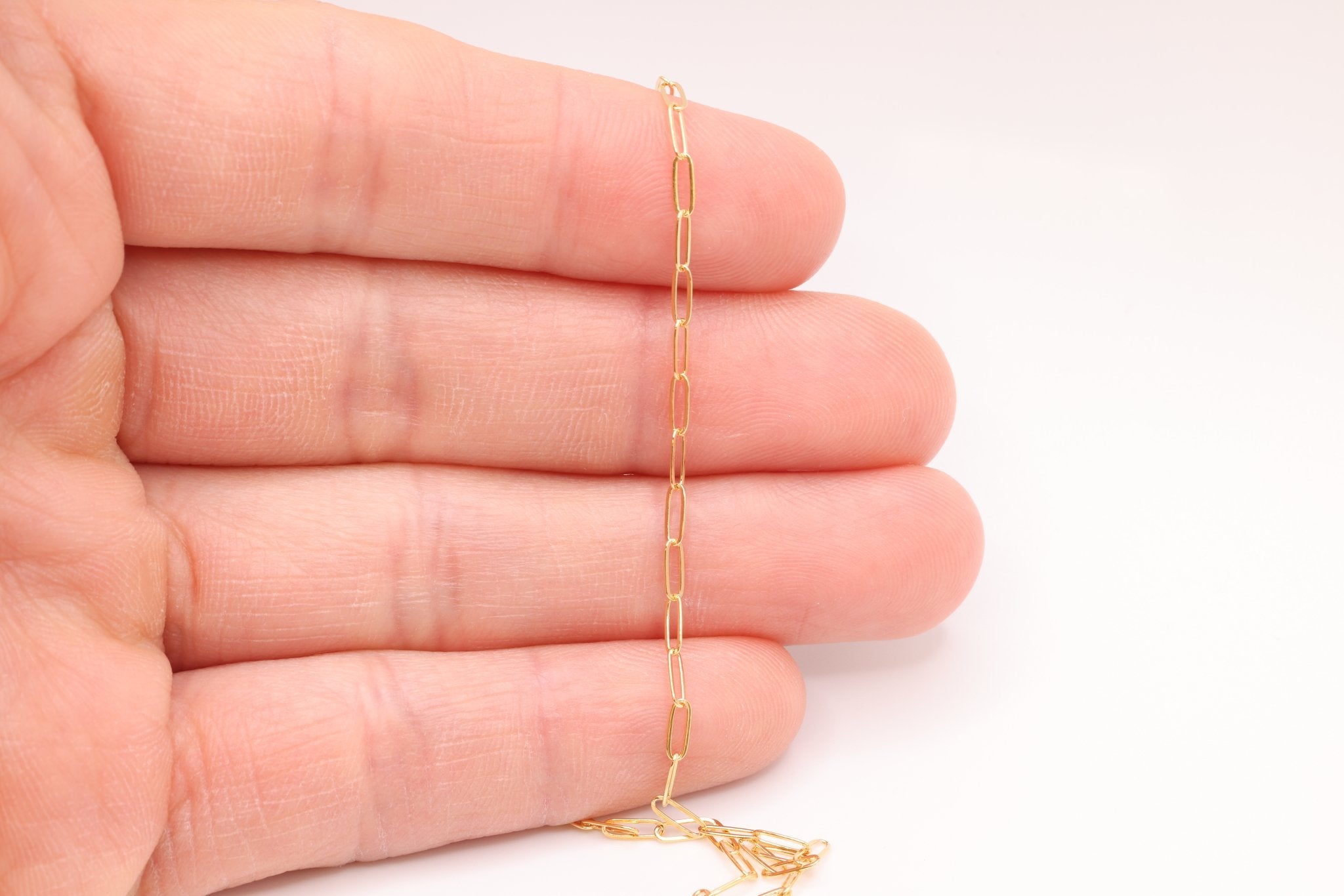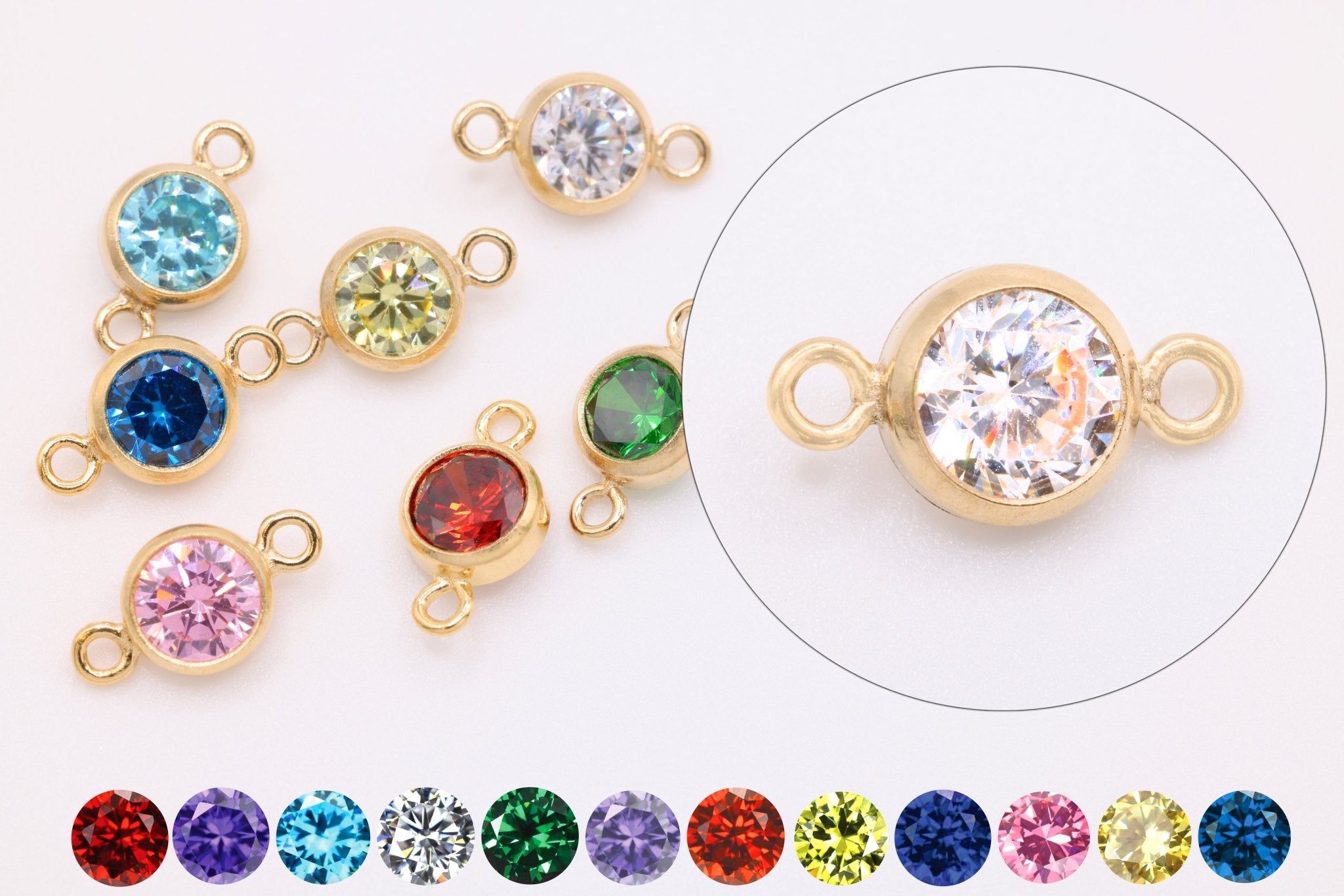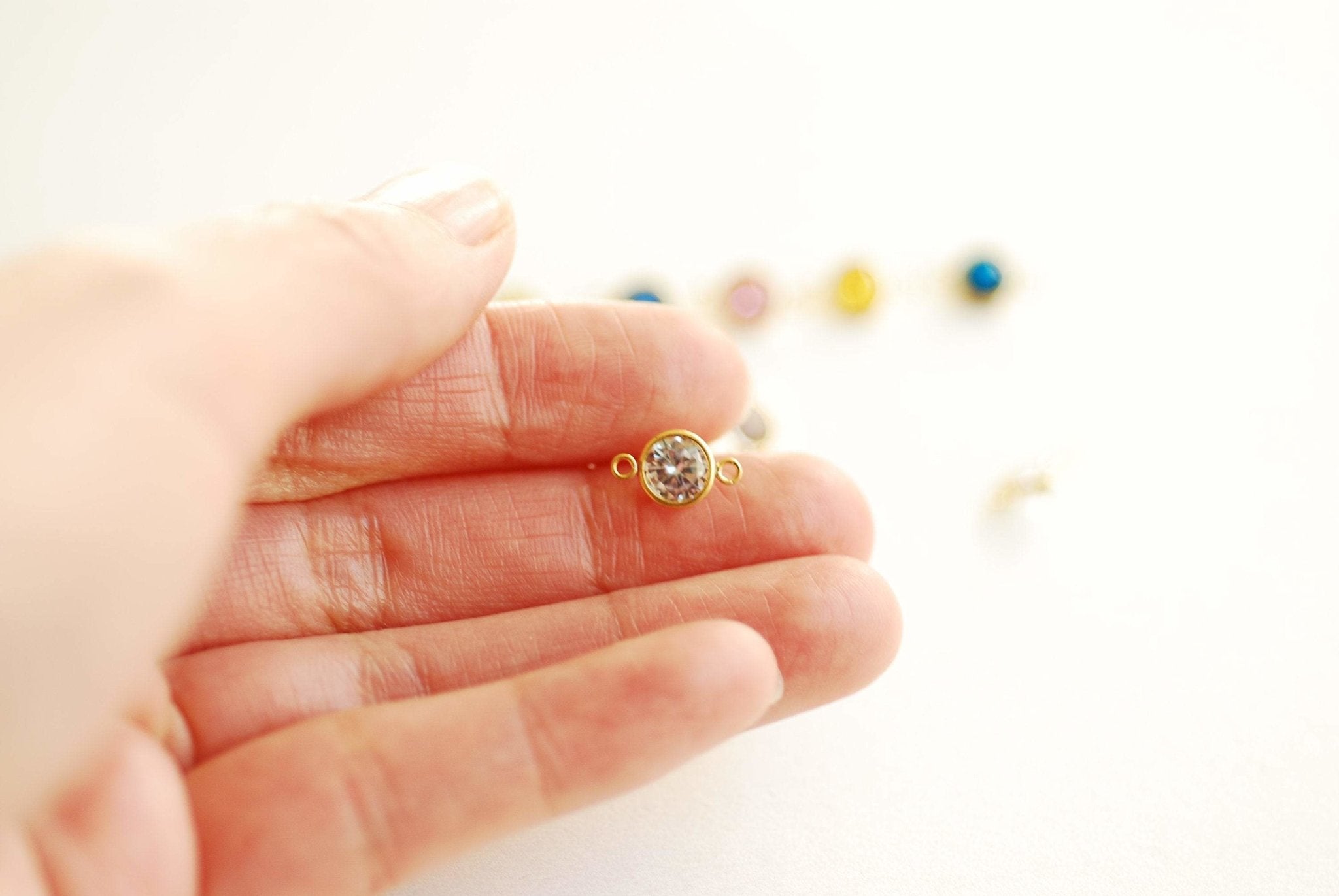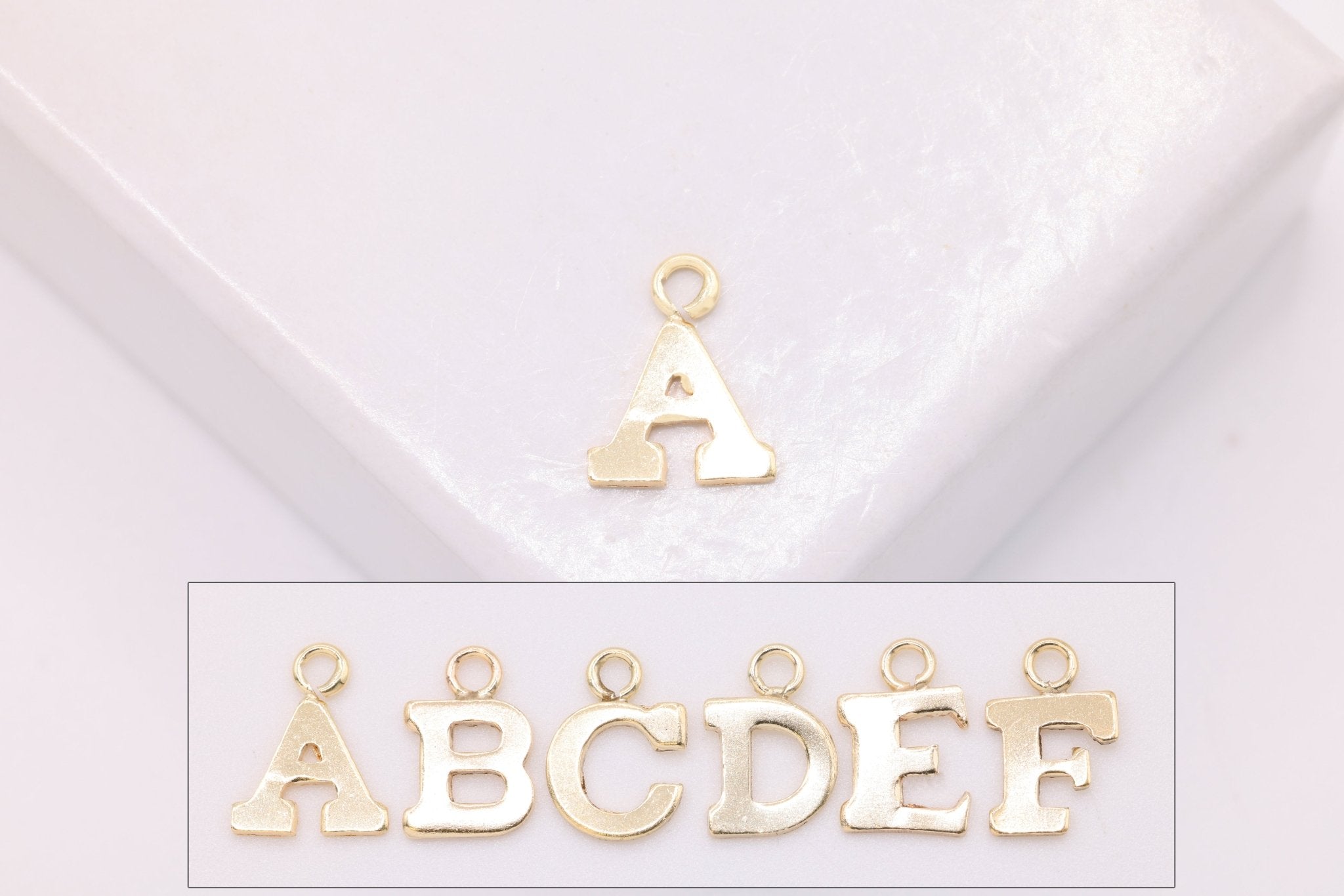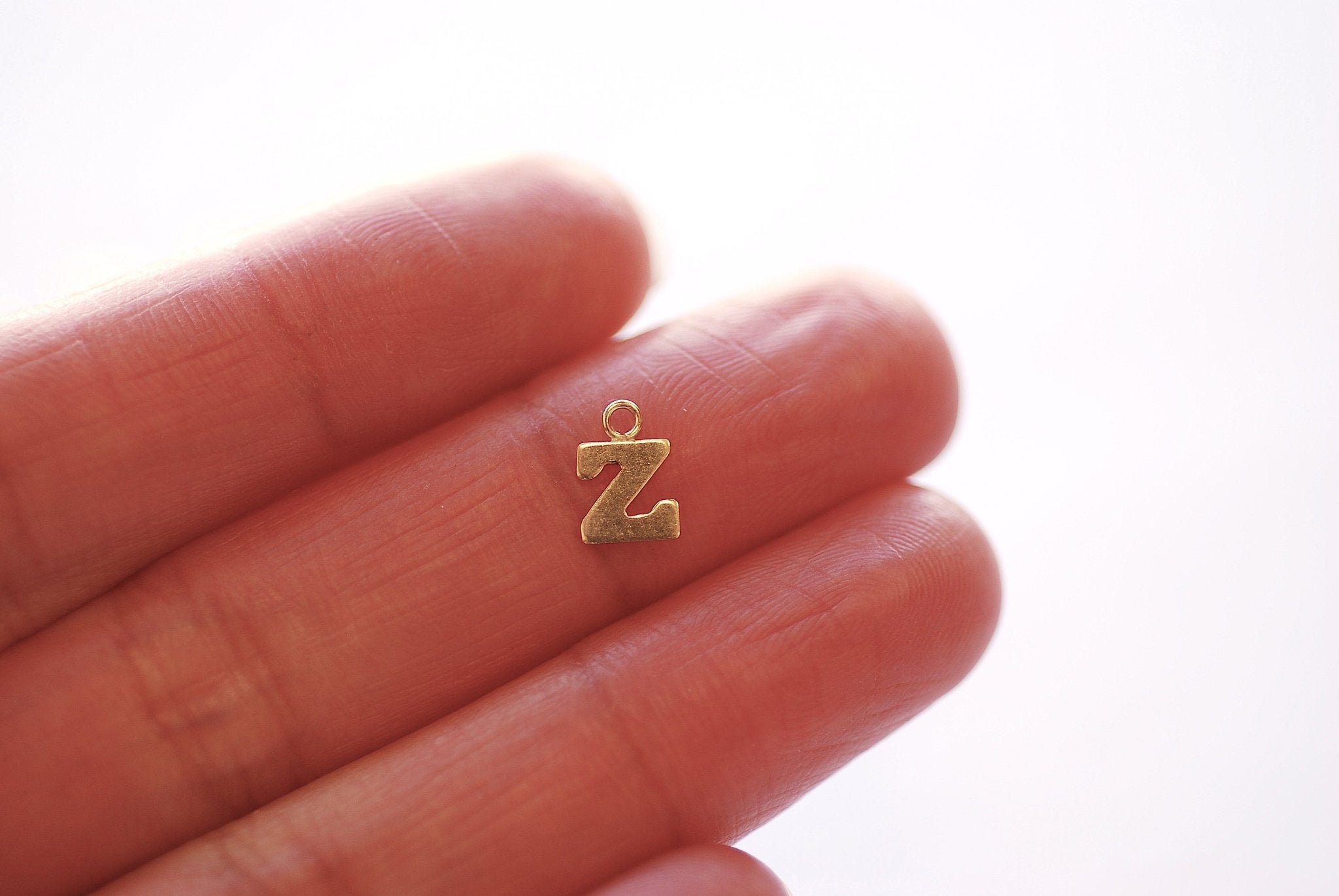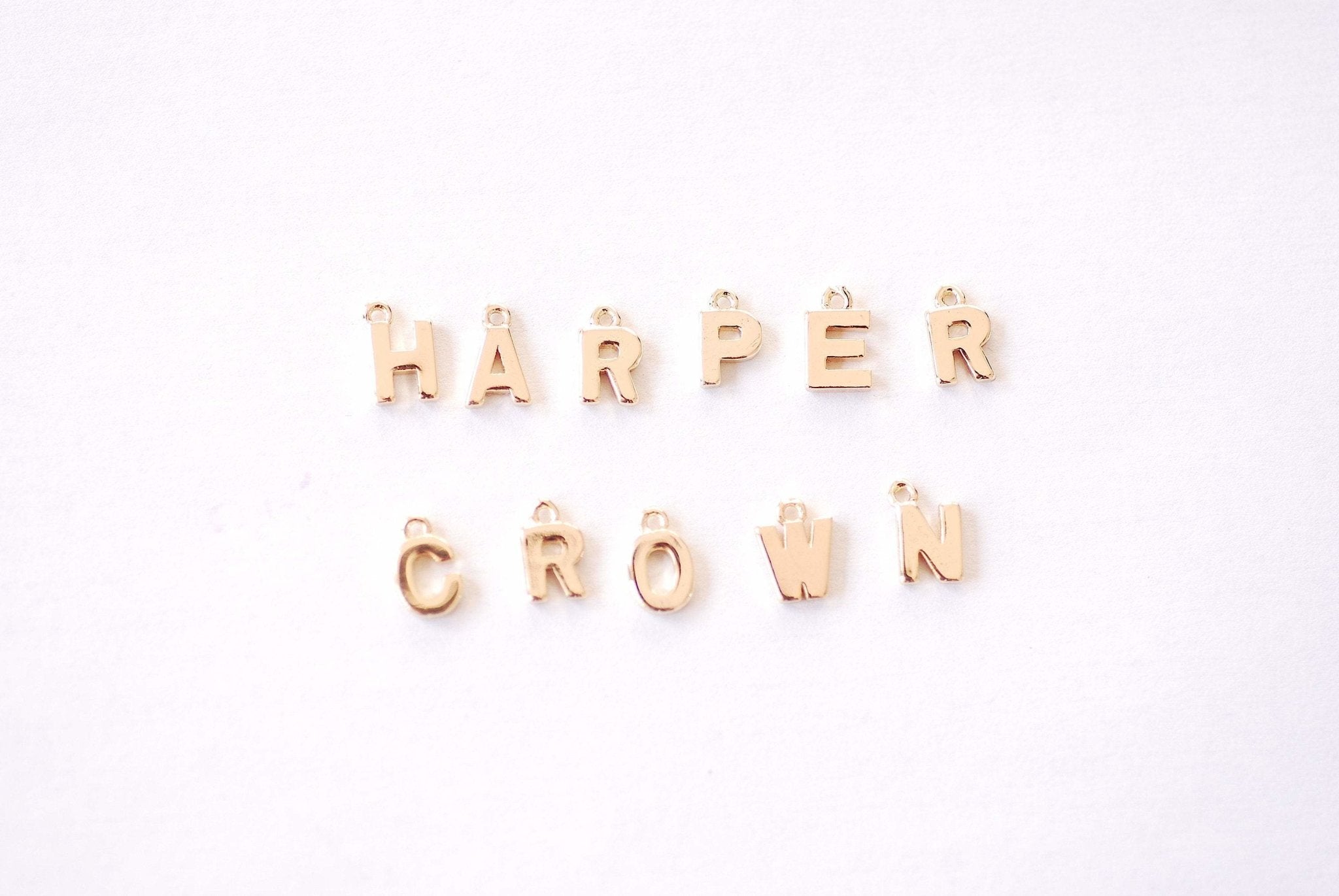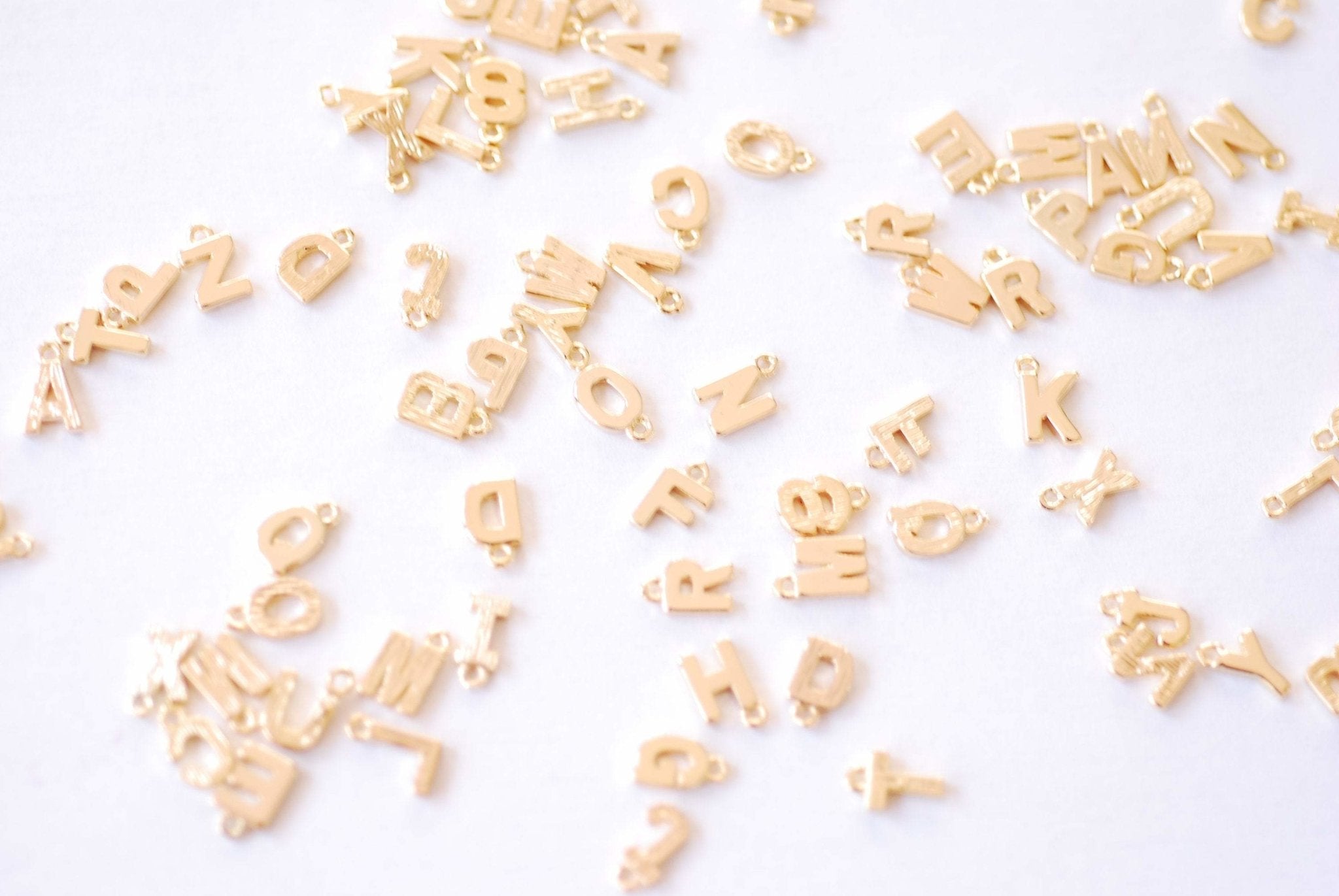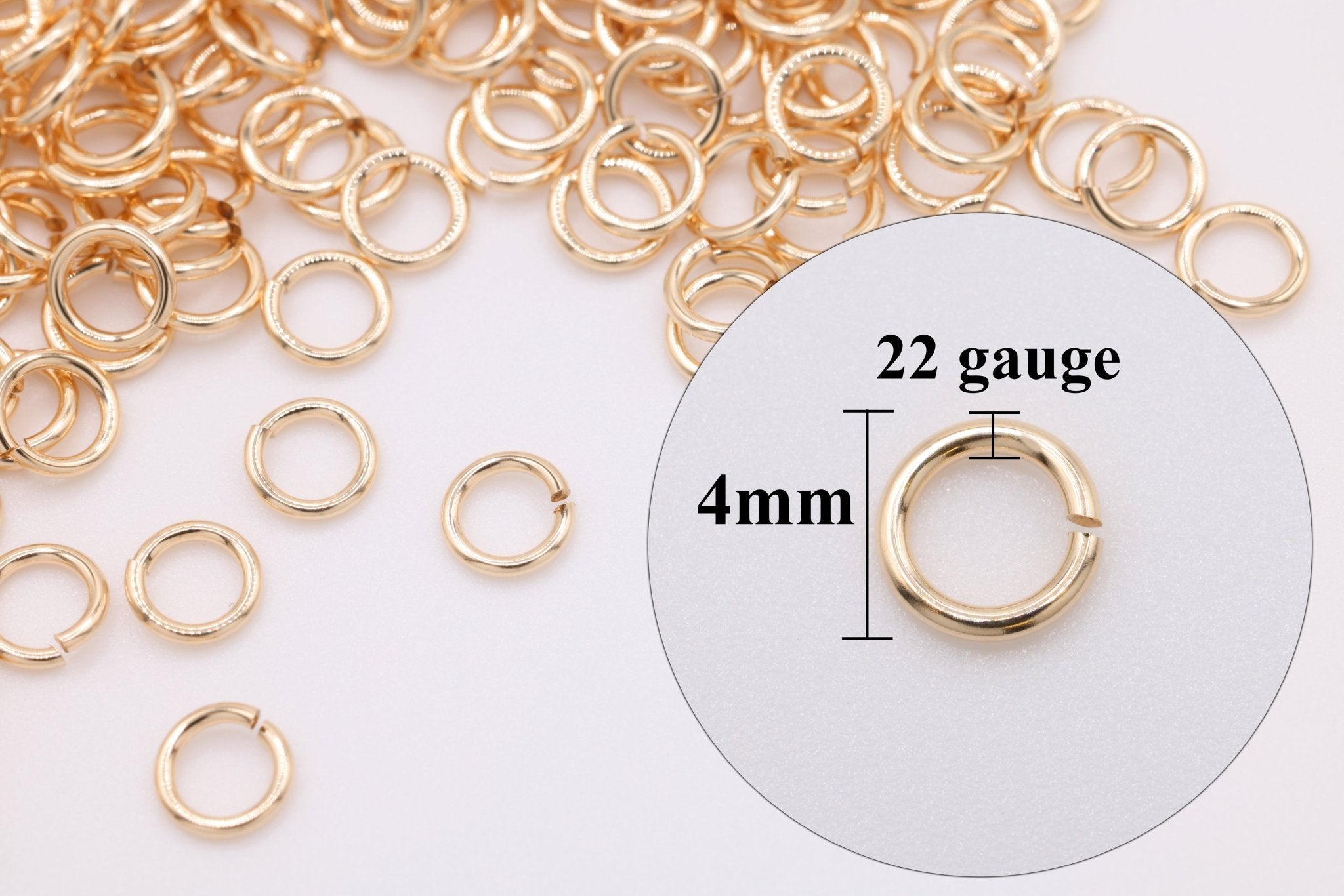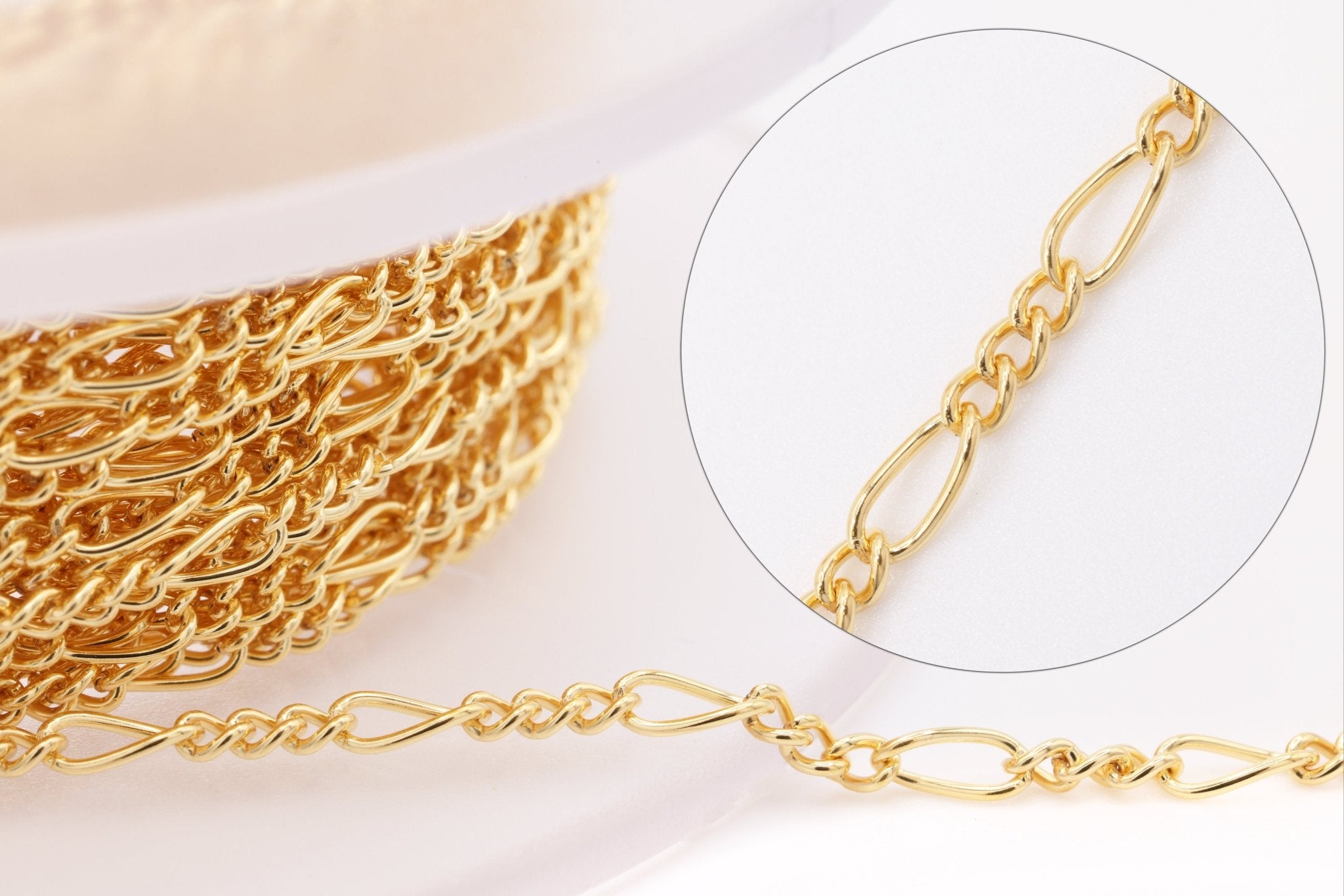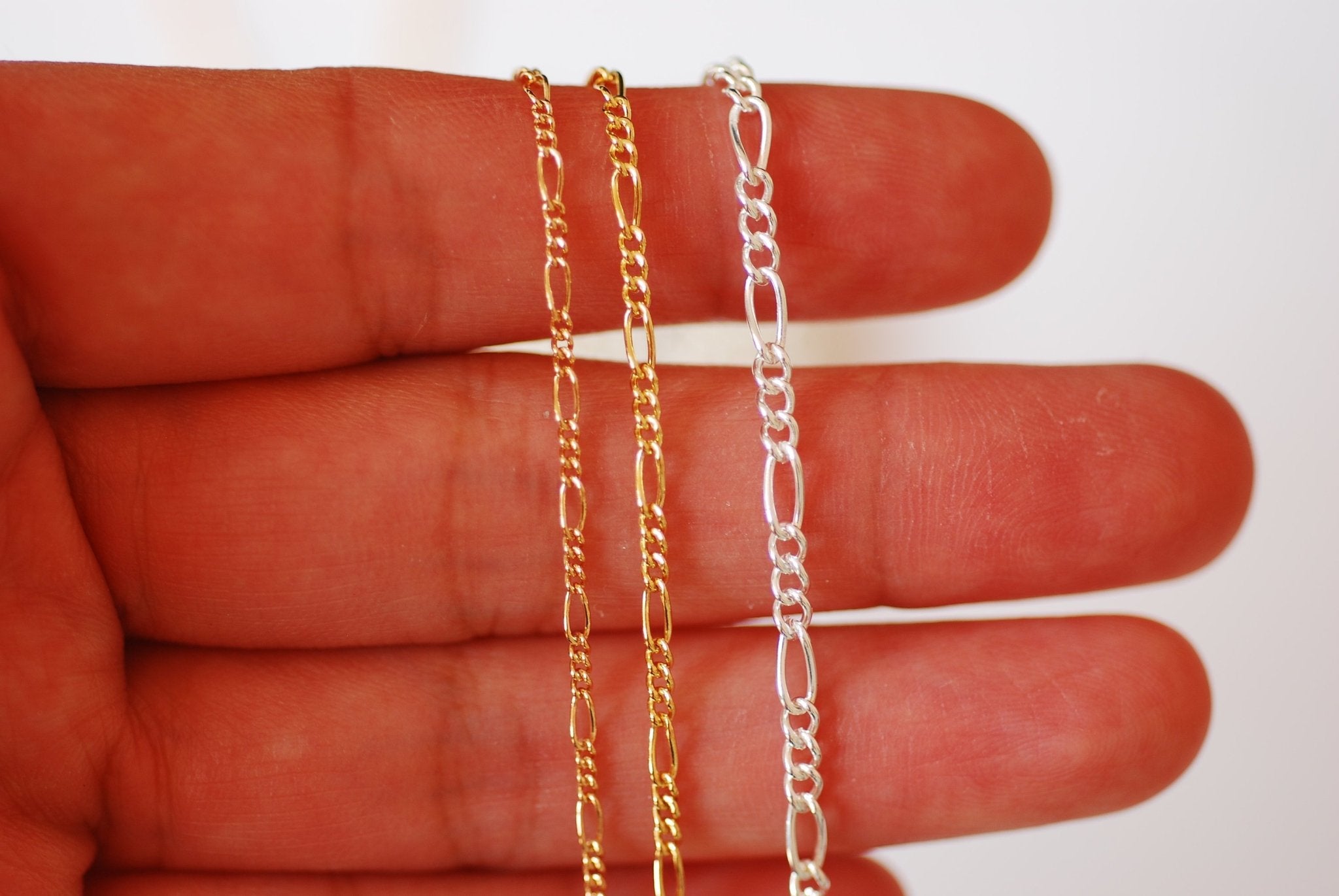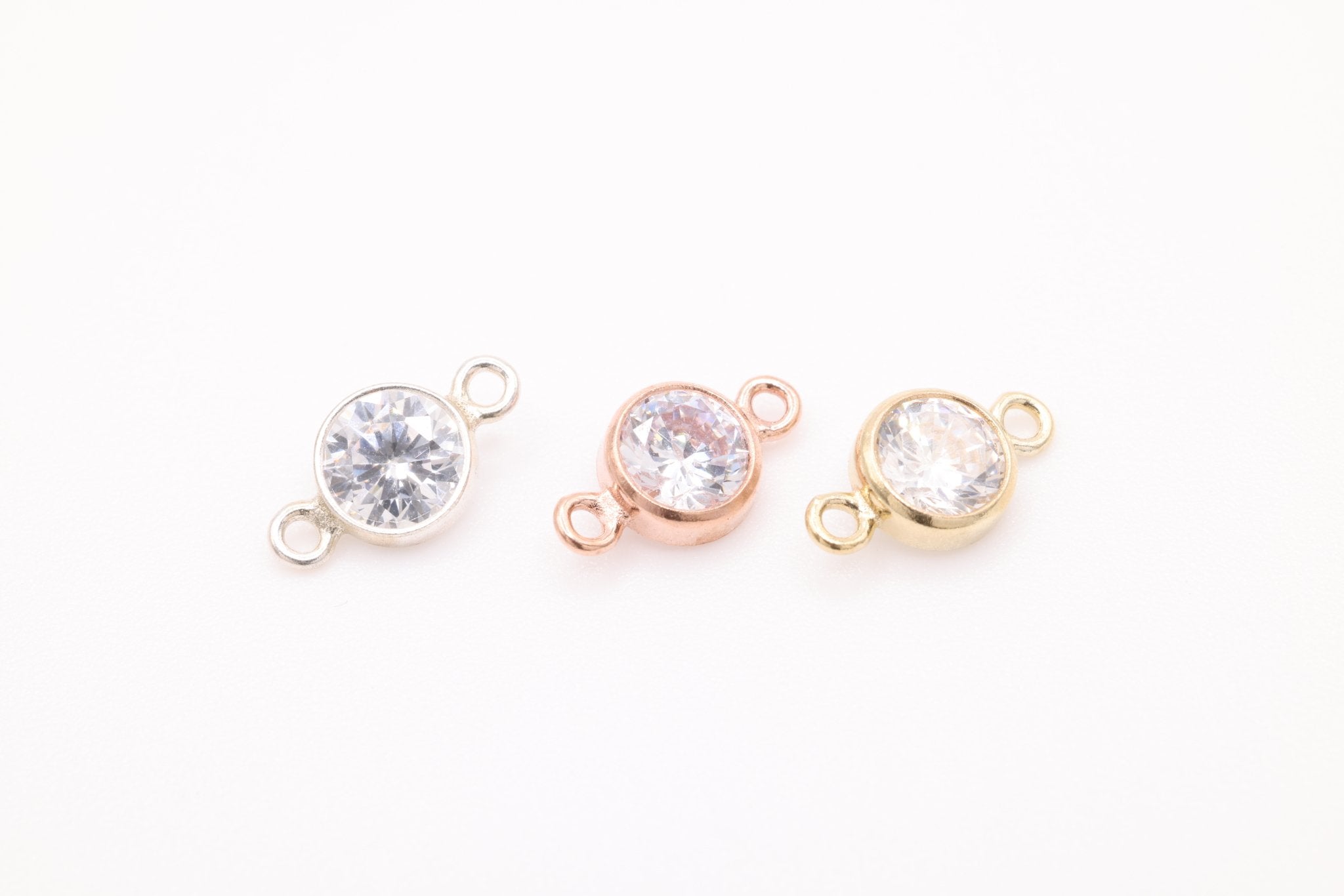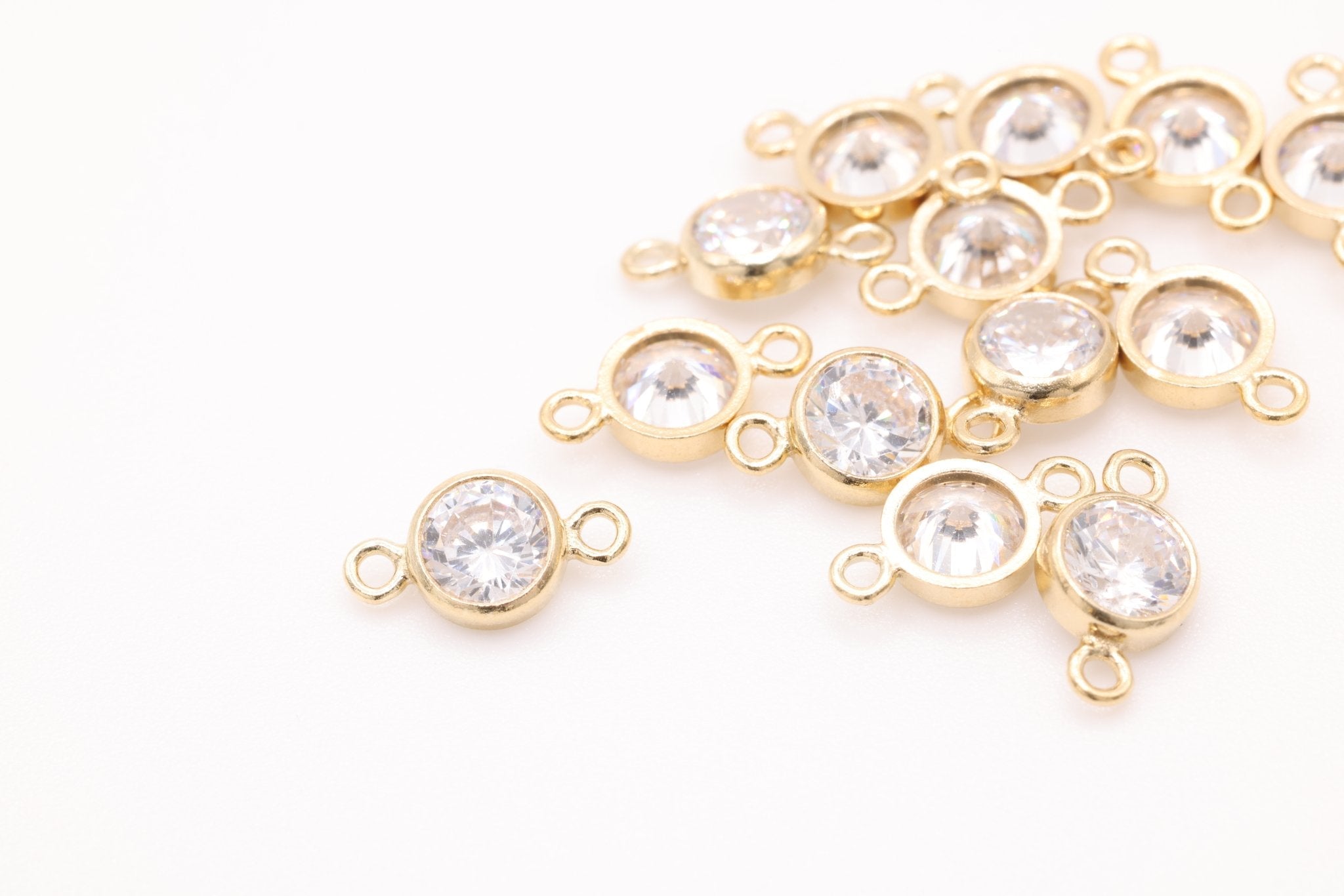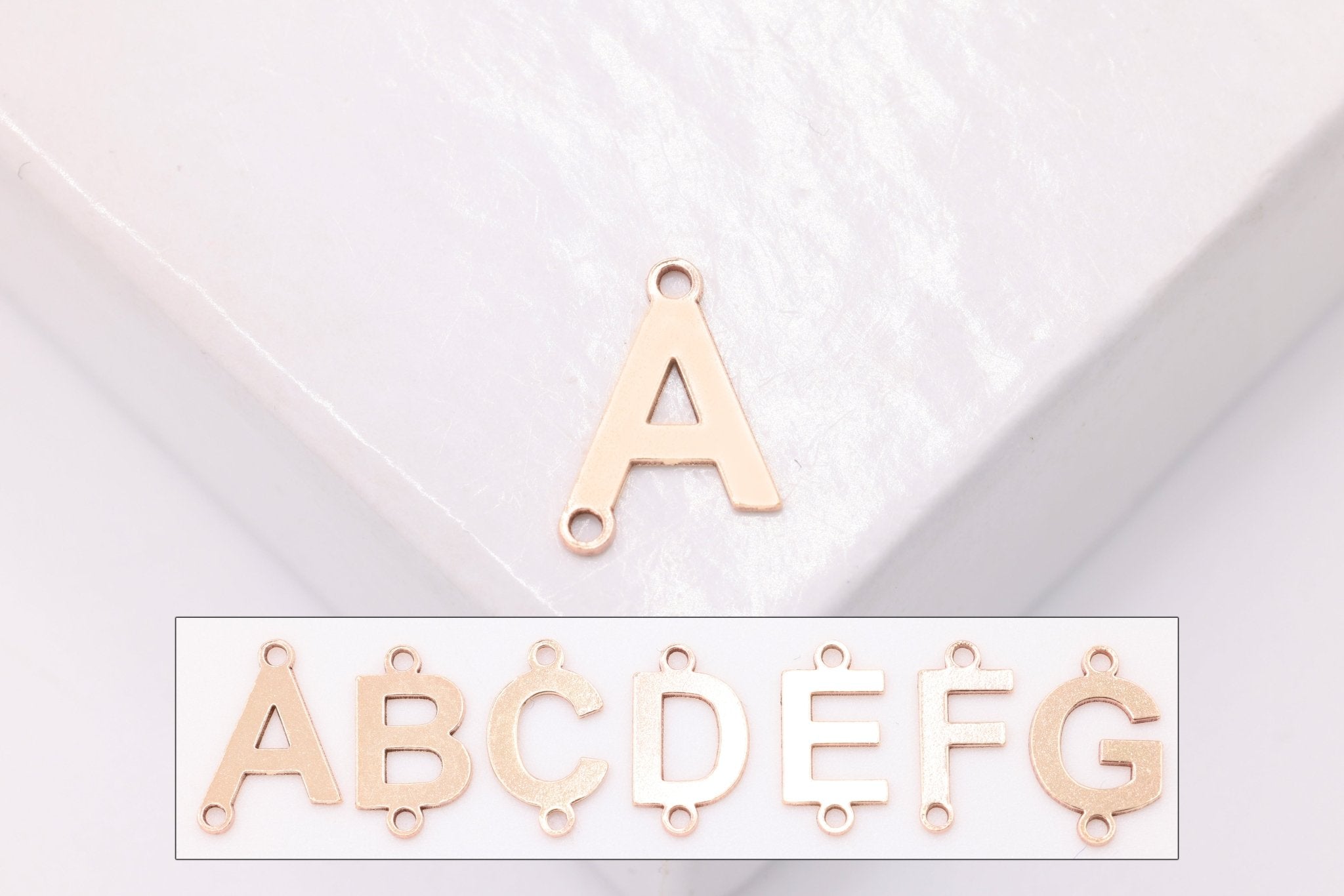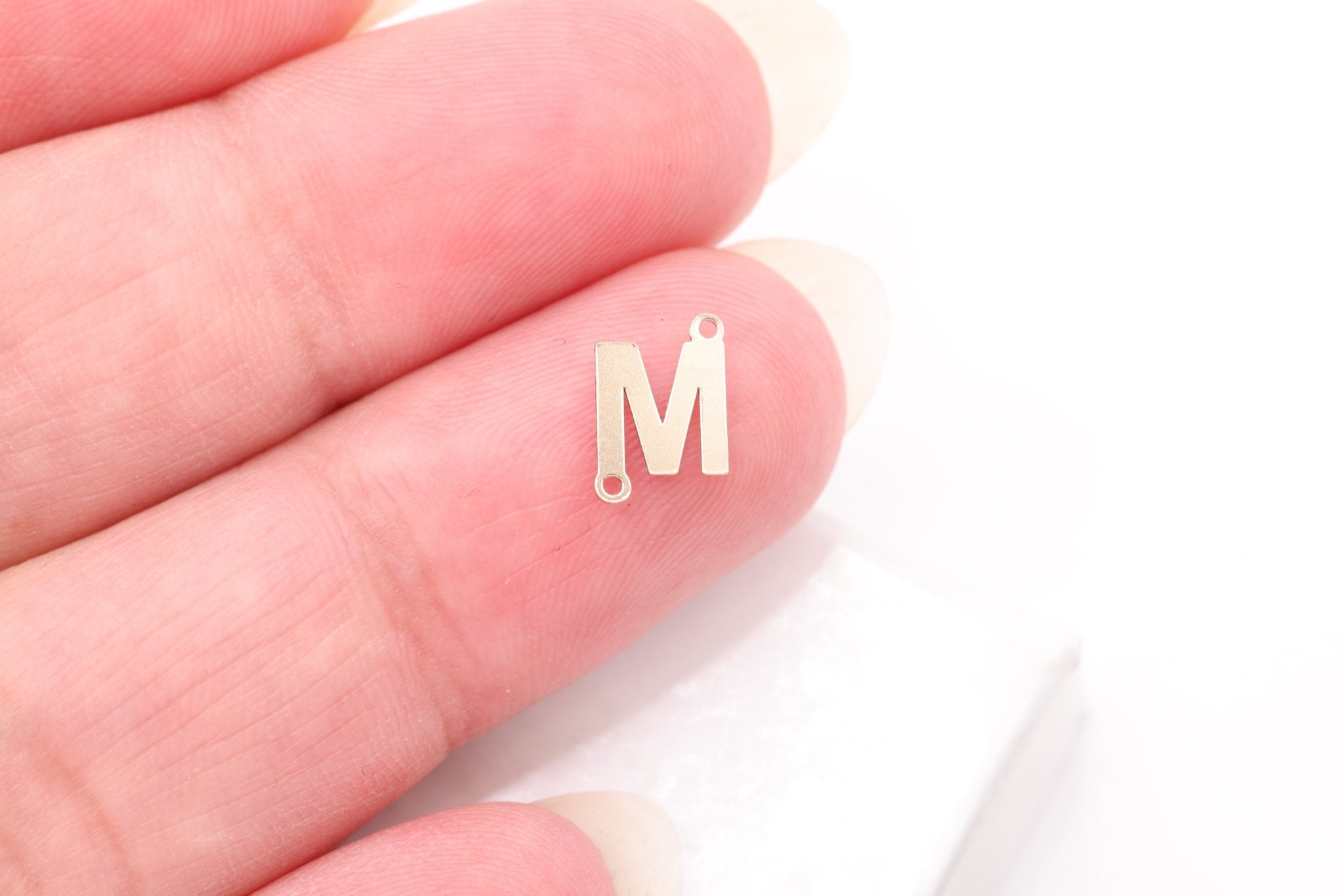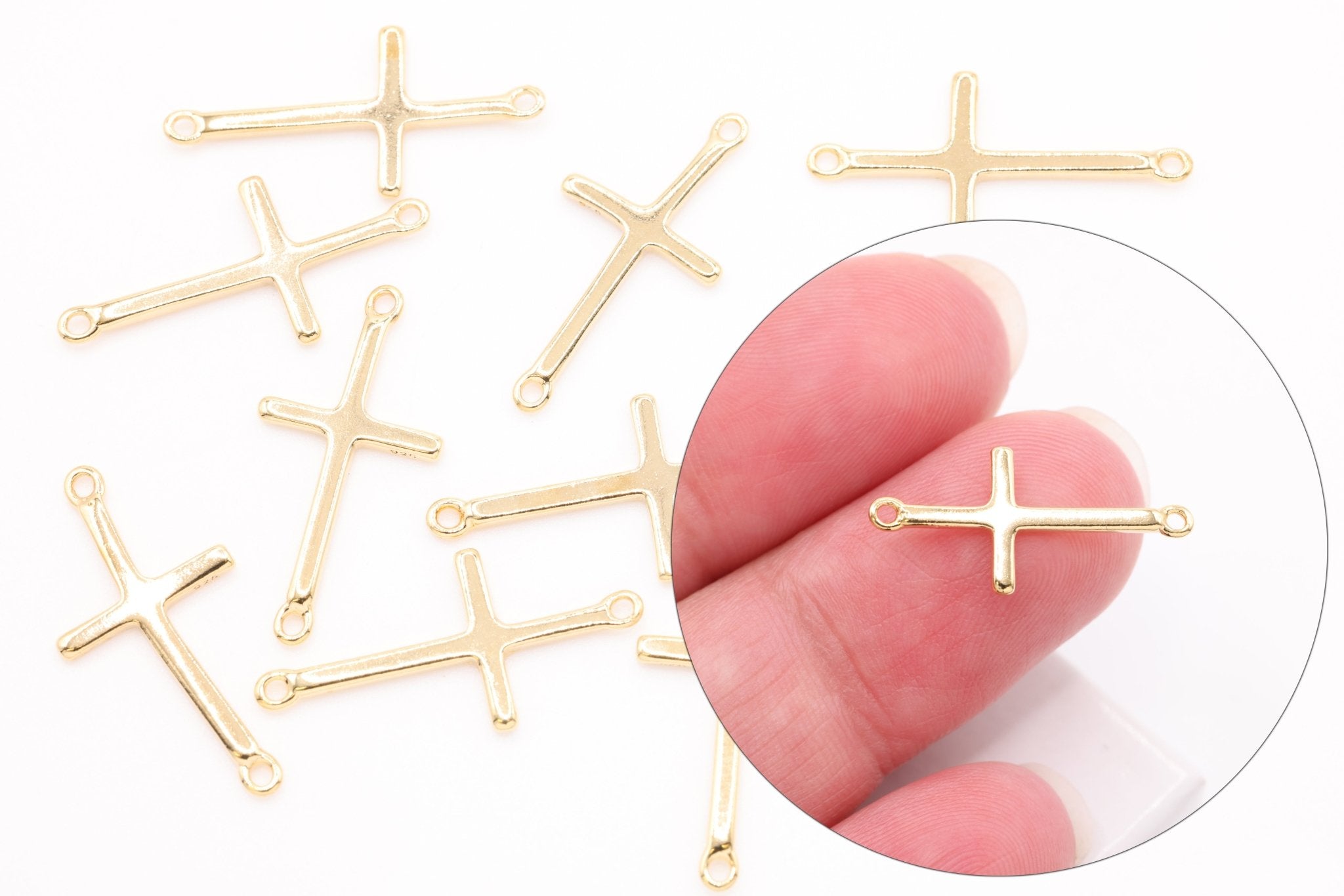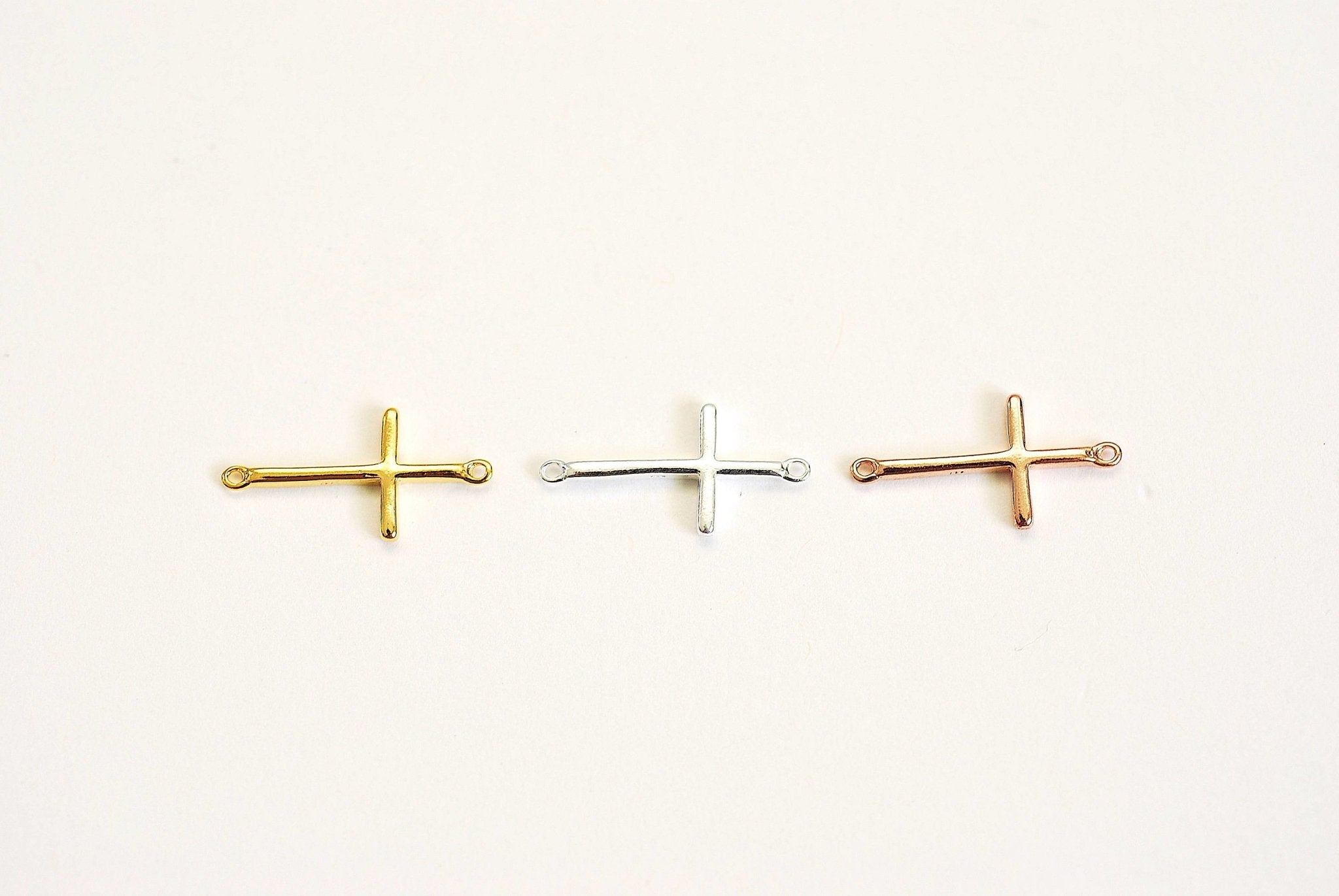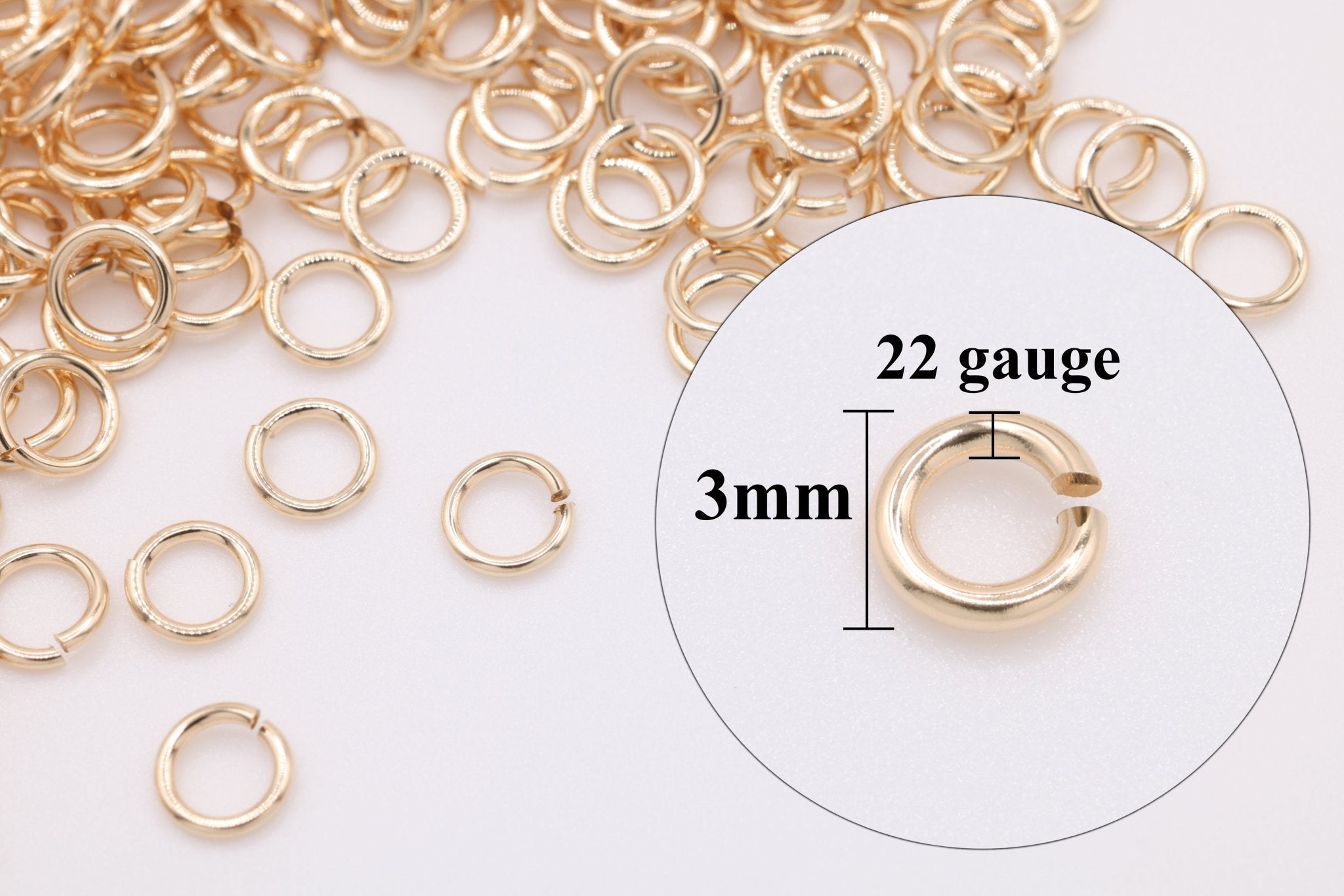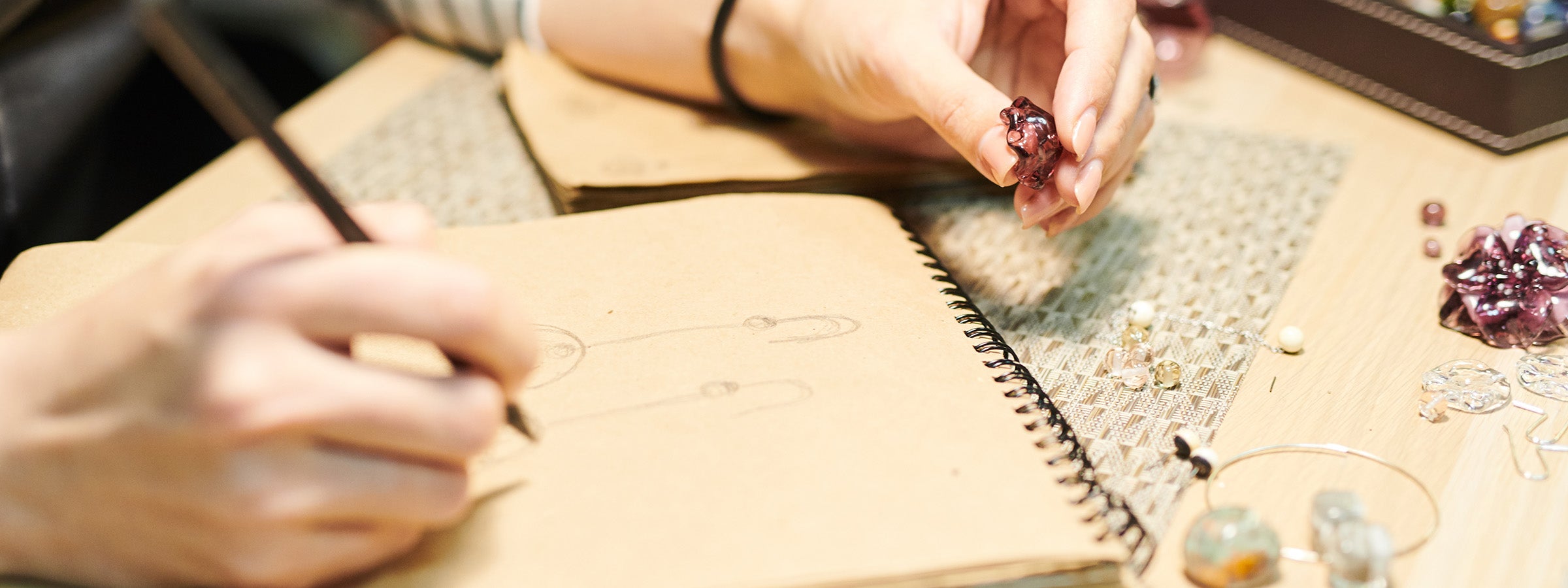A Guide to Jewelry Findings
By: Leslie H.
Jewelry findings are an essential component of the jewelry-making process. These small pieces are the building blocks of jewelry, enabling designers to assemble their creations with both functionality and aesthetic appeal. Let's delve into the world of jewelry findings, exploring their types and uses.
What are Jewelry Findings?
So, what exactly are jewelry findings? In simpler terms, they are all the non-bead or gemstone parts that go into making jewelry. Think of them as the building blocks or the invisible infrastructure that brings your jewelry design to life.
Jewelry findings refer to the components that are used to join together different elements of jewelry. These are not the main feature of the jewelry, such as a gemstone or bead, but are crucial for the structure, function, and design of the piece.
Jewelry Findings come in various forms, including clasps, jump rings, pins, earring backs, and crimps, among others. Each type serves a specific purpose, from securing a necklace or bracelet to attaching charms or pendants.
Types of Jewelry Findings
- Clasps: Used to securely close necklaces and bracelets. They come in various styles, including lobster clasps, toggle clasps, and magnetic clasps, to suit different designs and preferences.
- Jump Rings: Small rings that open and close to attach components together, such as a charm to a bracelet or a pendant to a chain.
- Earring Backs: Essential for securing earrings in place, available in different types such as butterfly backs, screw backs, and push backs.
- Crimp Beads: Tiny beads that are squished to secure a clasp to the end of a beading wire, ensuring that beads stay in place.
- Bails: Connectors that allow a pendant to be attached to a chain or cord, available in various designs to complement different jewelry styles.
- Jewelry Wire: Wire Wrapping is a technique where wire is wrapped around itself or other components to create decorative designs or secure elements without soldering. Jewelry wire can be shaped into clasps, ear wires, jump rings, and other findings. Thinner, flexible wires are often used for stringing beads in beaded jewelry designs. Wire can be twisted, coiled, or shaped into decorative elements to add texture and interest to jewelry pieces.
How Jewelry Findings Are Used
Jewelry findings are used in virtually every type of jewelry. For instance, clasps are necessary for charm bracelets and necklaces, providing a secure closure that is easy to operate. Jump rings are the unsung heroes that connect various components, such as linking a chain to a clasp or adding charms to bracelets. Earring backs keep stud or drop earrings secure, preventing loss. Crimp beads are particularly useful in beaded jewelry, securing the ends of the stringing material to add a professional finish.
Jewelry findings may not capture the immediate attention like sparkling gemstones or intricate designs, but they are indispensable to the structure and functionality of jewelry. Their variety and utility enable designers to bring their visions to life, ensuring that each piece is not only beautiful but also wearable. As the jewelry market continues to grow, the role of findings will be crucial. Whether you are a seasoned jewelry designer or a hobbyist just starting out, understanding and utilizing the right findings is key to creating pieces that are both beautiful and durable.
SHOP Wholesale Jewelry Findings
COMMON QUESTIONS AND ANSWERS ABOUT JEWELRY FINDINGS
Can I make jewelry without findings: While some jewelry designs, especially those involving knotting or macramé, may not require metal findings, most traditional jewelry pieces need findings for functionality and finishing. Findings are essential for ensuring that jewelry is wearable, secure, and adjustable.
How do I choose the right findings for my jewelry project? The choice of findings depends on the design, functionality, and aesthetic of your jewelry piece. Consider the following:
- Durability: Choose findings that can support the weight and wear of the jewelry.
- Style: Match the style and finish of your findings to your jewelry design for a cohesive look.
- Functionality: Ensure the findings suit the intended use, such as secure clasps for bracelets or comfortable earring backs.
Are there hypoallergenic findings for sensitive skin? Yes, there are hypoallergenic findings made from materials less likely to cause allergic reactions, such as sterling silver and gold. Look for these options if creating jewelry for sensitive skin.
How can I ensure my findings are of good quality? Purchase findings from reputable suppliers known for quality products. Look for findings made from durable materials and pay attention to the finish and mechanics (e.g., how smoothly a clasp opens and closes) to ensure longevity and functionality.
Can findings be changed on existing jewelry? Absolutely. Findings can be replaced or updated to extend the life of a piece, adjust its size, or modify its style. This can often be done at home with basic jewelry-making tools or by a professional jeweler for more complex adjustments.

